At the end of September, the Chinese government changed the official name of the river Airy (which crosses the north of the country) to that of Diannong, because the former sounded “too Arab”. Even if the news sounds like a simple anecdote of Islamophobia, it is really a reflection of the campaign of repression the government is launching against its Muslim population.
Many sources have reported the different measures that, for more than a year, have hit the Uighur race. Of Muslim religion, the Uighurs are a minority located in the autonomous region of Xinjiang, in the northwest of the country.
This religious persecution reminds us, on their reasons and violence, to the ethnic cleansing carried out against the Rohingya also in Asia, in Myanmar, with a special intensity during the years 2016 and 2017. However, these State campaigns not only share the religious motivation and the geographical area, but also the limited international reaction it has produced, and the complacency with which they are being followed.
The ethnic cleansing in Myanmar
The ethnic cleansing in Myanmar reached its biggest mediation impact in the summer of 2017, when ACNUR reported the movement of approximately 400,000 refugees throughout July and August, fleeing from the violence perpetrated by Myanmar’s army.
The Rohingya are a minority living mainly in Myanmar (its population reaches, approximately, a million people). They are a Muslim minority (most of the population is Buddhist) and have their own language. Even though they first arrived to the region in the 12th century, their number increased considerably during the British colonization (1824-1948), moving from other Asian countries. Despite their historic presence in the country, Myanmar’s government considers them new immigrants and refuses to grant them the country’s nationality. This decision condemns them to statelessness (currently, they constitute a 10% of all the word’s stateless).
Among the different restrictions they face, the Rohingya are not allowed to travel or get married without the State’s permission, they cannot have lands or properties, and their birth rate is controlled by the authorities.
This religious persecution reminds us, on their reasons and violence, to the ethnic cleansing carried out against the Rohingya also in Asia, in Myanmar, with a special intensity during the years 2016 and 2017.
Tensions rose in 2012, with strong clashes between Rohingya nationalists and Myanmar’s authorities, which led to a first wave of displacements to the neighbor countries and to the settlement of refugee camps in region of Rakhine. The situation worsened in August 2017, after a series of attacks carried out by the insurgent group Arakan Rohingya Salvation Army (ARSA), located in Rakhine. These attacks unchained a strong military reaction, which has translated in a renewed persecution against the Rohingya, including the destruction of their villages and the massacre of their population.
This has led to a severe humanitarian crisis and to the fleeing of more than a quarter of a million Rohingya across the country’s borders. Against this background, the UN has not doubted in qualifying the situation of a genocide against its population, with other countries such as Bangladesh and Turkey (the biggest receptors of refugees) joining the claim. Saudi Arabia, Pakistan and Malasia have also opened their borders to receive the fleeing population.
The repression of the Uighur community
With a smaller international impact, the current situation of the Uighur shows another dramatic case of ethnic and religious prosecution and discrimination. The Uighur are a Sunni Muslim community, mostly located in the autonomous region of Xinjiang, in the northwest of China, who has its own language and a culture closer to that of its Central Asia neighbors.
Under Chinese control since the Communist Revolution of 1949, the Uighur have been gradually marginalized by the Sinicization campaign promoted by the Chinese government, as well as by the massive immigration to the region of the Han community (the majority in the country), also promoted by the authorities.
This situation worsened after the terrorist attacks of 9/11 in New York. This international context of war against terrorism and pressure against Islam allowed China to launch a media campaign against the Uighur, portrayed as a separatist movement allied with al-Qaeda.
The rise of tensions, which led to violent clashes between the Uighur population and the Chinese authorities in 2009, have translated into different measures, adopted with the goal of “fighting extremism”. Among these measures we find the promotion of Chinese propaganda, the control of the Uighur population, and the creation of “reeducation” camps in 2014. According to the numbers gathered by Amnesty International, these concentration camps hold up to a million Uighur.
Something new?
The two cases briefly described reflect the prosecution of two ethnic and religious minorities, with the purposes of erasing their identity and the differences with their national culture. Despite being an exception in the Asian context (Asia holds, after all, the highest percentage of Muslims in the world), it is noteworthy the silence that has surrounded both repression campaigns. Even though, in the last year, the repression against these minorities and the refugees it has generated have hit the Western headlines, both are examples of a systematic violation of human rights which has developed for more than two decades, in a visible and gradual way.
This makes us ask ourselves, how is it possible that they have been paid so little attention? And the ever present question,would they have attracted more attention if they had happened in the West? Even though many factors can be added to the equation, Western ethnocentrism and Islamophobia seem to have an important explaining weight. As stated by the scholar Hamid Dabashi in an article for Aljazeera:
“Just imagine, for a minute, if it were Jews or Christians, or else the “peaceful Buddhists” who were the subjects of Muslim persecutions. Compare the amount of airtime given to murderous Muslims of ISIL as opposed to the scarcity of news about the murderous Buddhists of Myanmar.”
It seems that the international community is finally reacting. However, in the mean time, more than a million people (Rohingya or Uighur) have been forced to leave their homes, to find refuge in the neighbor countries or have been locked in concentration camps.
Alfonso Casani
Researcher at the Islamic Culture Foundation

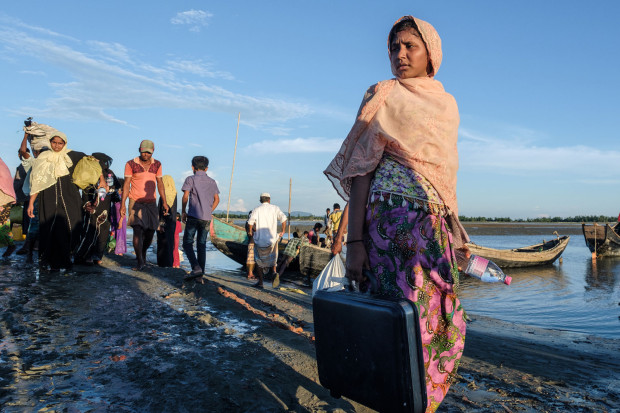
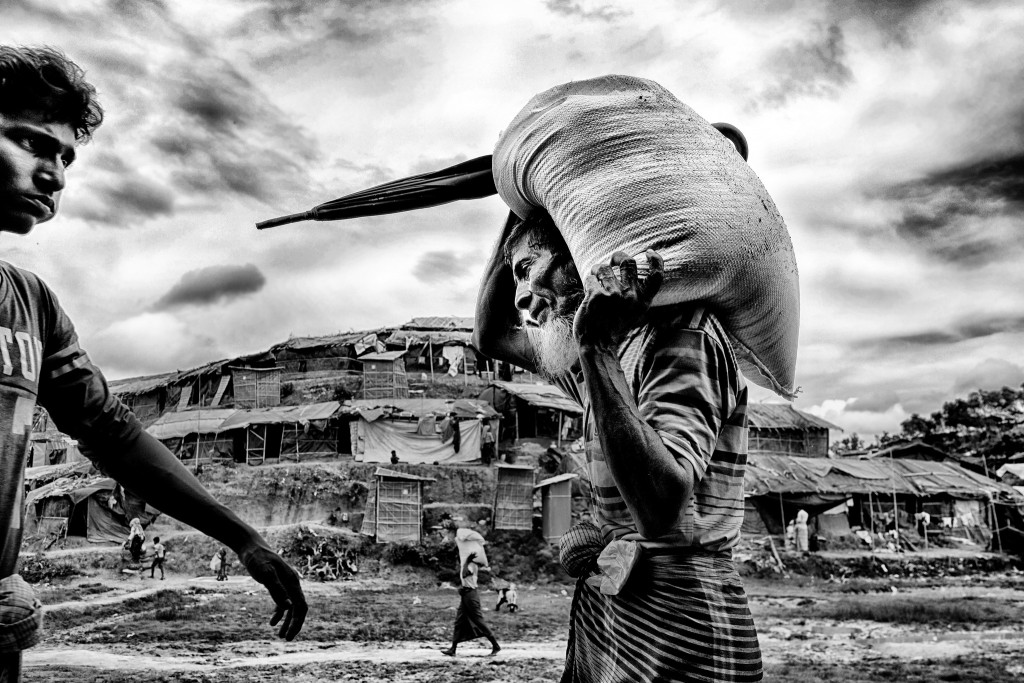
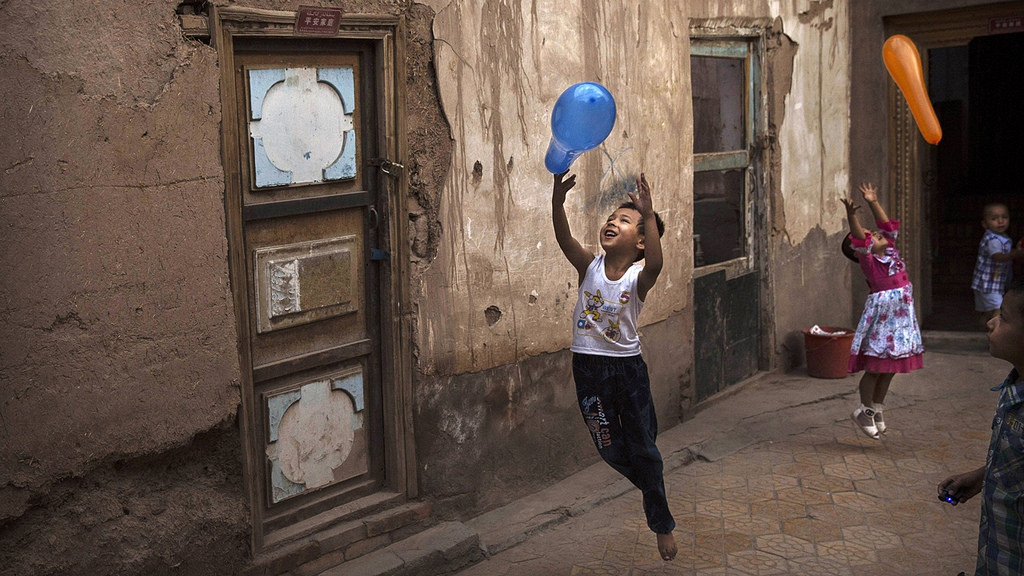
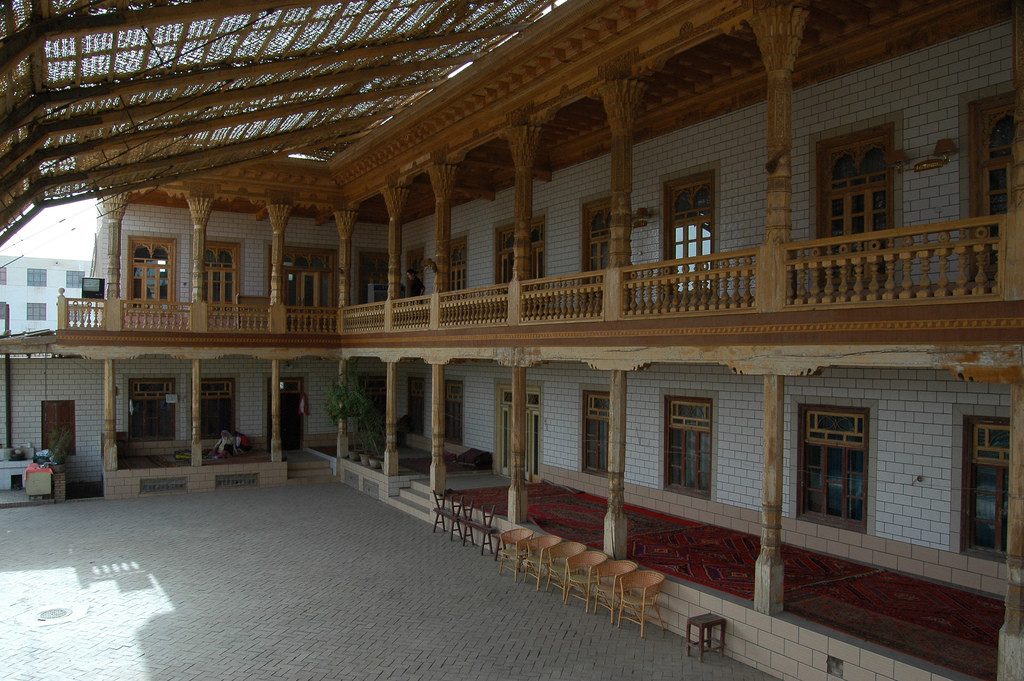
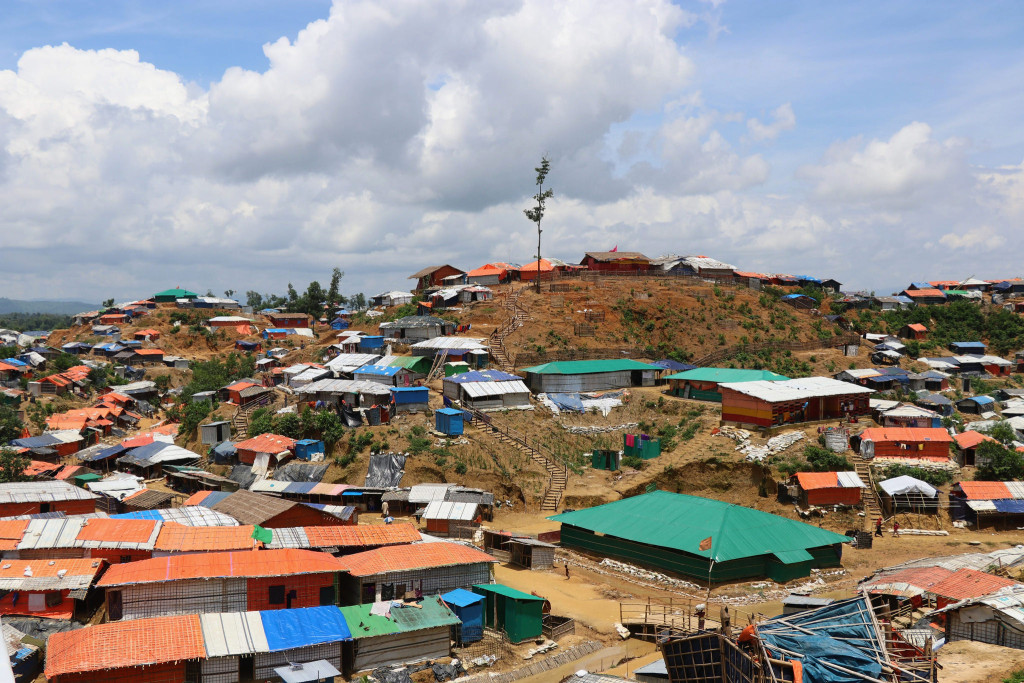

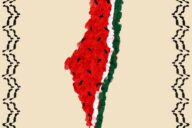











No Comments